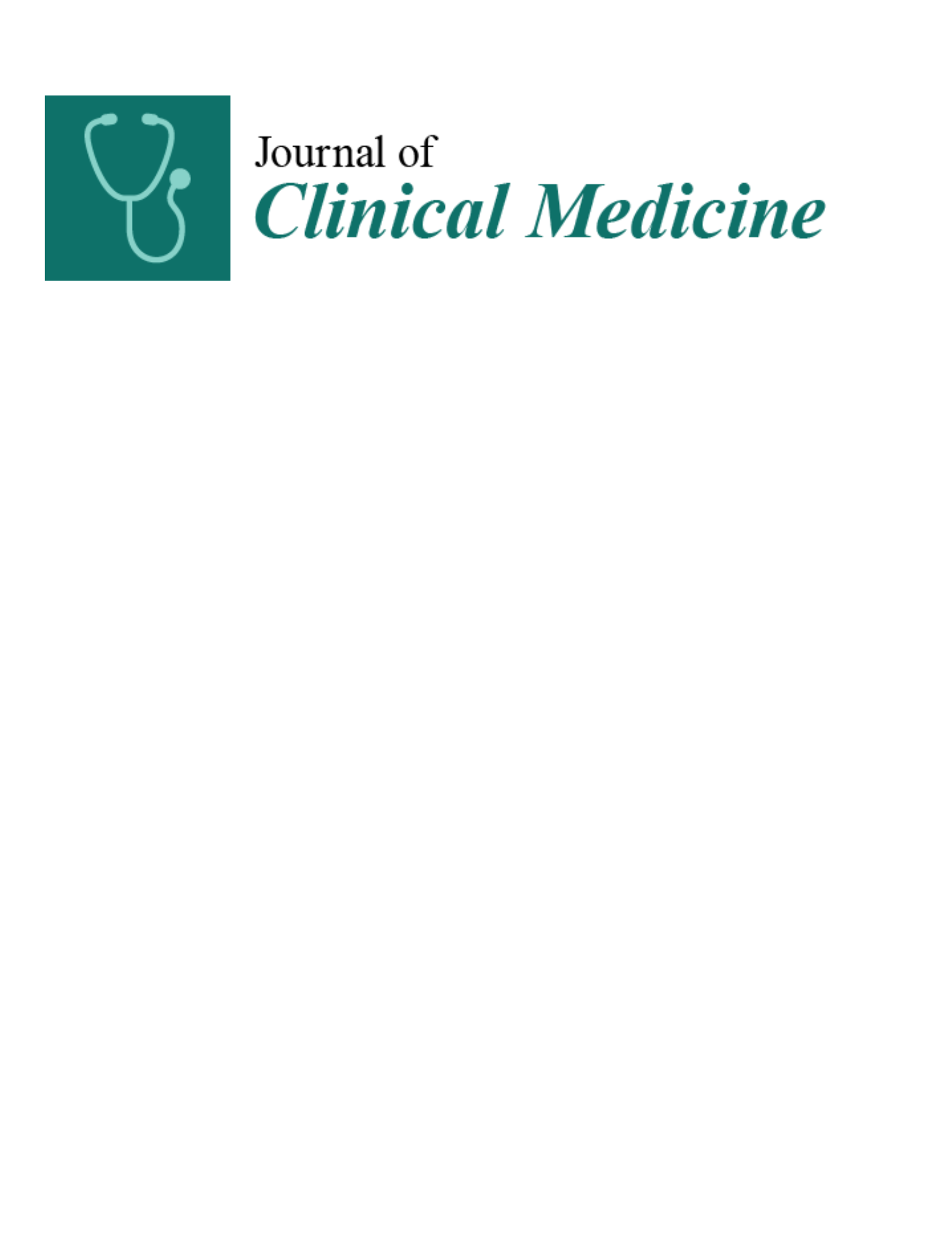
Exchange Nailing vs Augmentative Plating for Aseptic Nonunion of Femoral Shafts

Exchange Nailing vs Augmentative Plating for Aseptic Nonunion of Femoral Shafts
Comparative Study of Exchange Nailing and Augmentative Plating for Treating Aseptic Nonunion of Femoral Shafts Post Intramedullary Nailing: A Single-Blind, Multicentric Randomized Clinical Trial.
J Clin Med. 2024 Nov 18;13(22):6928.Did you know you're eligible to earn 0.5 CME credits for reading this report? Click Here
Synopsis
Fifty-seven patients with aseptic femoral shaft nonunion following intramedullary nailing were randomized to receive either exchange nailing (n=29) or augmentative plating with autologous bone grafting (n=28). The primary outcome of interest was time to bone union and union rate at 12 months post-revision surgery. Secondary outcomes included operative time, blood loss, hospitalization duration, pa...
To view the full content, login to your account,
or start your 30-day FREE Trial today.
FREE TRIAL
LOGIN
Forgot Password?
Explore some of our unlocked ACE Reports below!

Learn about our AI Driven
High Impact Search Feature
Our AI driven High Impact metric calculates the impact an article will have by considering both the publishing journal and the content of the article itself. Built using the latest advances in natural language processing, OE High Impact predicts an article’s future number of citations better than impact factor alone.
Continue



 LOGIN
LOGIN

Join the Conversation
Please Login or Join to leave comments.